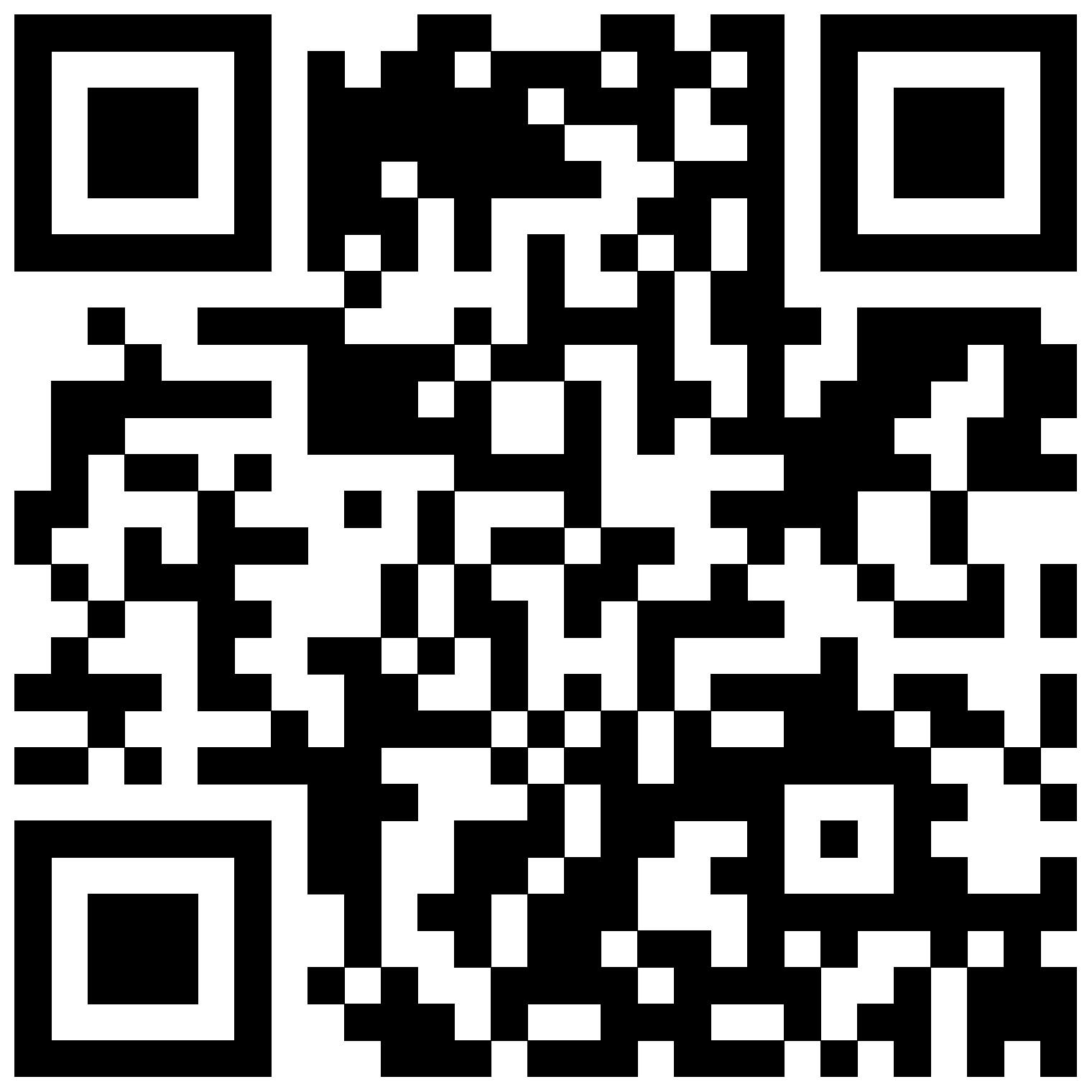Your subscription can only be managed from your own device.
🍏 For iPhones. Open your Settings App > Tap your name at the top of that page > Tap Subscriptions > Tap Bearable > Cancel your subscription
You can learn more about cancelling a subscription on the App Store here:
https://support.apple.com/en-gb/118428
🤖 For Android. Open the Google Play Store > Open the menu in this app > Tap Payments & Subscriptions > Tap Bearable > Cancel your subscription.
You can learn more about cancelling a subscription on the Play Store here: https://support.google.com/googleplay/answer/7018481?hl=en-GB&co=GENIE.Platform%3DAndroid
👋 Still have questions?
Let us know by contacting support@bearable.app and a member of the Bearable team can help you with anything you need.



